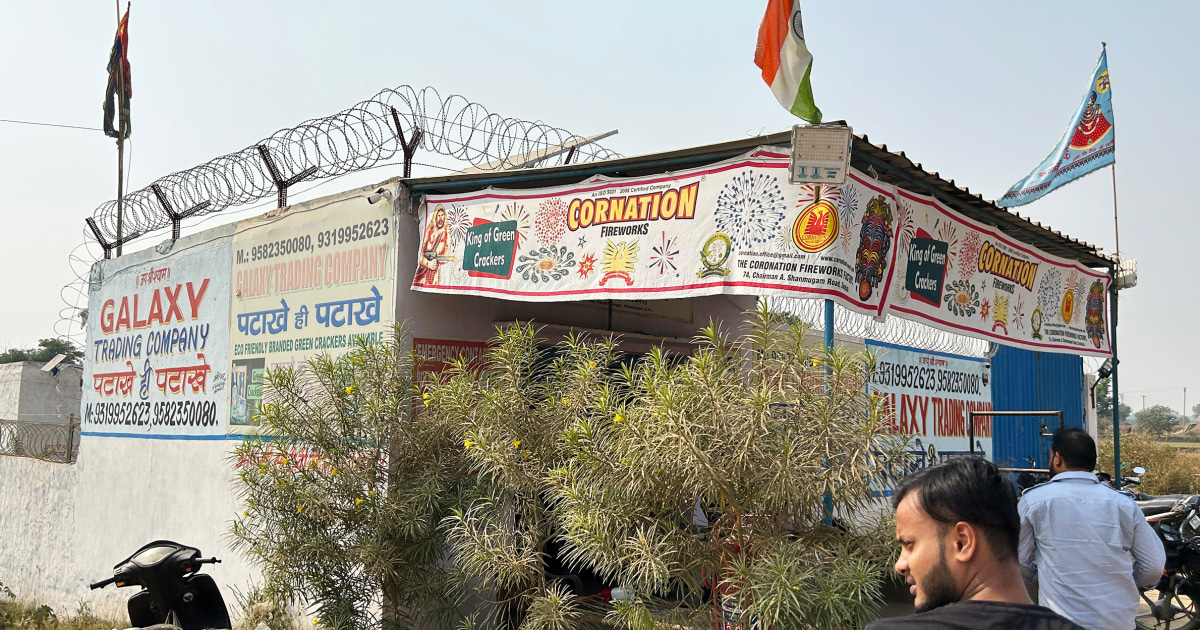“I couldn’t find [firecrackers] anywhere else in Delhi. So I had to come here,” said Aditya Verma, 23, who had filled a sack on his motorcycle with fireworks worth about $160.
Jain, who opened his store in 2014, also laments the government crackdown on crackers.
“When the new government was formed, weren’t there people bursting firecrackers? It didn’t cause pollution then?” he said. “People use them for only a few hours on Diwali.”
“Everybody freaks out about pollution,” Jain added.
Gufran Beig, a meteorologist and professor at the National Institute of Advanced Studies at the Indian Institute of Science in Bengaluru, in southern India, doesn’t think the extra-polluting firecracker ban is a bad thing, for Delhi at least.
“Delhi is difficult because it suffers from a diverse source of emissions,” Beig said.
“The climatology is such that Delhi is already in trouble due to the local sources like vehicles. The hostile weather around Diwali adds to the misery,” he added.
But it’s not just the pollution that worries officials.
Almost every Diwali there are reports of explosions at fireworks shops or events. On Monday, more than 150 people were injured in a huge explosion at a festival in a temple in southern India, the news agency PTI reported. Last year, eight people were killed at a fireworks factory, and in 2018 a fire at another factory killed 17 workers, The Associated Press reported.
In Farukh Nagar, Mohammed Naim acknowledged the danger of fires and accidents, while lamenting the craftsmanship that was being lost as a result of the ban.
“There has been economic progress, yes, but the Atishbaz have fallen behind,” Naim, 50, said, referring to his community’s nickname.
Like Hamid, Naim’s family also made and sold firecrackers for generations. But since his manufacturing license was revoked a decade ago, he has struggled to find work, mostly as a manual laborer, he said.
“We are being pushed around in life,” Naim said.
“At my peak, I was feeding 35 families,” he added. “Now other families feed me.”

